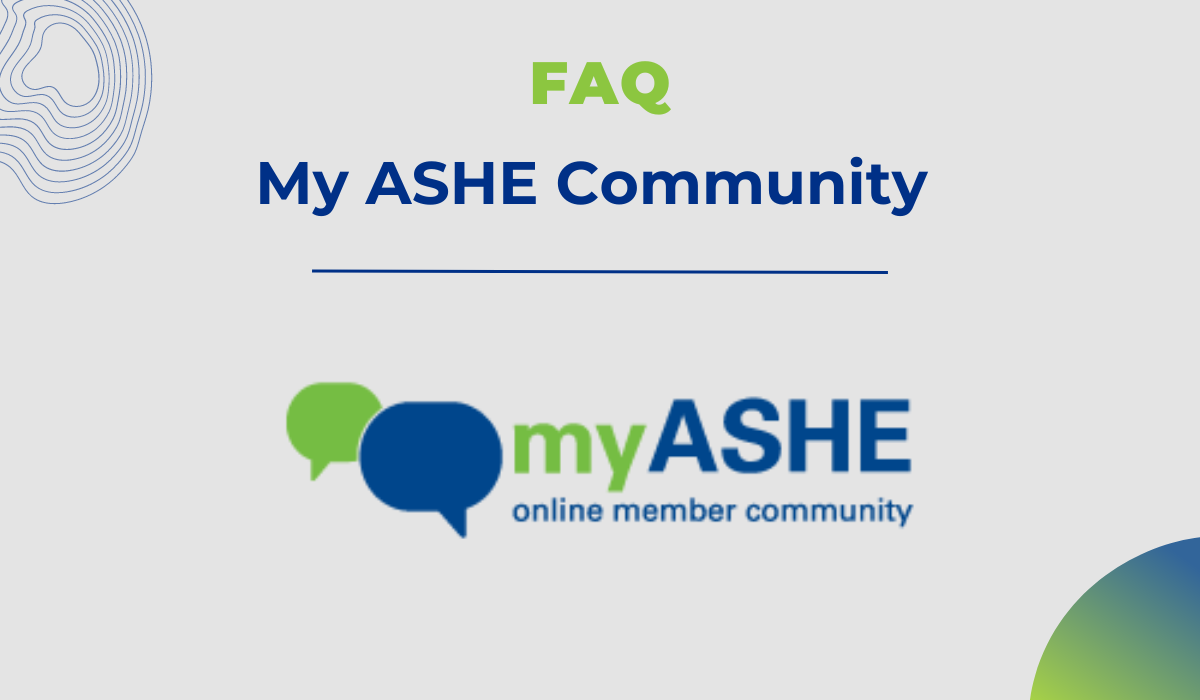Munson Medical Center Plant Engineering Recognition
April 10, 2024
Congratulations to the Munson Medical Center Plant Engineering team, who was recognized by Consumers Energy for their participation in the 2023 Business Clean Energy Program. Their commitment to efficiency has reduced energy waste, improved reliability, and helped build momentum toward a clean energy future!


The Joint Commission made several changes to requirements for ambulatory surgical centers related to Centers for Medicare & Medicaid Services’ (CMS) Conditions for Coverage (CfCs). The revisions are effective August 1, 2024. One of the changes includes new EPs added to address the expectation for compliance with the Life Safety Code (NFPA 101-2012) and the Health Care Facilities Code (NFPA 99-2012). Source: Joint Commission online July 26, 2024 https://www.jointcommission.org/resources/news-and-multimedia/newsletters/newsletters/joint-commission-online/june-26-2024/

QUESTION: Is it required by code to mark doors in a health care facility with signs? I am not referring to exit signs but rather standard doors leading to a certain area, like an office or a clean linens room. I was told that this is required, but the only door signage code requirements I found were for marking exit doors. ANSWER: I recommend that you first take a look at section 216.2 of the Americans with Disabilities Act (ADA). Public buildings are required to identify certain rooms with ADA-compliant signage. The ADA requires signage for access and egress, and the signs are to be posted on the wall, include Braille and be placed at a certain height to accommodate the visually impaired community. A sign vendor or wayfinding company should be able to provide more detail on requirements. You should also check with your state, as it may have additional requirements. The National Fire Protection Association’s NFPA 80, Standard for Fire Doors and Other Opening Protectives, also has requirements for signage on fire-rated doors. Another thing to consider is an issue of security. We were asked by our local police department to ensure we had signage in place for all our rooms, especially if the door is normally closed. They specifically referenced active shooter events as one of the reasons for this practice, as it would allow first responders who are not completely familiar with the layout of the facility to know what is behind a closed door before they try to breach it. Editor’s comment: On the other hand, it is not uncommon for security reasons for facilities to omit signage identifying function of certain staff only rooms. A few examples would include the medication room in a behavioral health unit or an IT closet. Check out the July – August 2024 issue of Health Facilities Management for more FAQs. ASHE members can access the magazine via: https://digital.hfmmagazine.com/?m=69186&i=825561&p=4&ver=html5

FGI Announces Title and Content Changes FLORENCE, MA – The Facility Guidelines Institute (FGI) announces that July 1, 2024, marks the opening of the three-month public comment period for the draft 2026 FGI documents for design and construction of hospitals; outpatient facilities; and residential health, care, and support facilities. In addition, FGI announces that the 2026 edition of the Guidelines for Design and Construction documents will be renamed the FGI Facility Code. The FGI Facility Code public comment site is accessible at https://www.fgiguidelines.net . The public comment period is open to all users of the FGI Facility Code documents, and all revisions to the documents are available for public review. For a full text of this announcement visit: Public Comment Period Opens for Draft 2026 FGI Facility Code (mailerlite.io) PGZ Remainder of announcement: As usual, only recommendations, comments, or opinions to change language that have been approved for addition, revision, or deletion by the Health Guidelines Revision Committee (HGRC) will be considered during this phase of the revision cycle. No new proposals for change will be considered at this time. The public comment period will close on September 30, 2024. “Public participation in the revision process is vital to keep the FGI Facility Code current with practices in the field,” says John Williams, chair of the 2026 HGRC. “This is the point where all proposed changes can be reviewed and scrutinized, and the results of these comments can have an incredible influence on public health and safety.”' In a significant departure from previous editions, the draft 2026 FGI Facility Code documents will no longer contain advisory guidance. Moving forward, text formerly included in the appendices will appear in a new series of handbooks to be released concurrently with the 2026 FGI Facility Code. The handbooks will feature expanded design guidance, including best practices, checklists, and diagrams created in collaboration with subject-matter experts. “There continues to be confusion between the mandatory requirements and advisory language in the current editions of the documents,” says FGI CEO Heather Livingston. “Separating the two types of content will clarify the distinction to users. The clear separation of code requirements from guidance, coupled with expanded information in the handbooks, will strengthen understanding and application of the requirements in the FGI documents.” The multidisciplinary, 135-member HGRC, the body responsible for updating the content of the FGI Facility Code, has approved revisions in the draft documents to reflect changes in the health and residential care industries and provide clarifications that can ease adoption and compliance. Following are some of the changes proposed for the 2026 FGI Facility Code documents: Revisions affecting more than one document in the 2026 FGI Facility Code draft: Requirements for determining the number and types of clinical rooms (e.g., exam, procedure, operating, imaging) Revision of tables to determine clinical room requirements for hospitals and outpatient settings New requirements to minimize water age Elimination of requirements for low-level, diagnostic-only mobile units Distinguishing site requirements from mobile unit requirements Some revisions in FGI Facility Code for Hospitals New title: FGI Facility Code for Hospitals Adaptation of the critical access hospital chapter to include the new CMS designation for rural emergency hospitals New requirements for emergency entrance signage and site directional signage to the emergency department Additional requirements for surfaces and casework New unit type for medically acute behavioral and mental health patients Addition of safe spaces for post-acute patients waiting for transportation or transfer Removal of the parent/infant NICU room if NICU contains at least one single-family room Some revisions in FGI Facility Code for Outpatient Settings New title: FGI Facility Code for Outpatient Settings New chapter added for sleep disorder clinics New chapter added for short stay centers Relocated behavioral and mental health crisis centers from the freestanding emergency department chapter to its own chapter Clarification that spaces for clean supplies can be either rooms or areas when supported by the functional program and ICRA Some revisions in FGI Facility Code for Residential Care and Support Settings New title: FGI Facility Code for Residential Care and Support Settings Strengthened requirements for clearances around toilets where permitted by accessibility standards Clarified minimum requirements for electrical outlets, call devices, and medical gas and vacuum systems Added capacity requirement for single-resident rooms in nursing homes, assisted living facilities, long-term residential substance use disorder treatment facilities, and settings for individuals with intellectual and/or developmental disabilities. New table that identifies the primary characteristics of residential settings Expanded dialysis requirements and plumbing requirements for hemodialysis water distribution Increased minimum size requirements for rooms accommodating the care of individuals of size Removed chapter on independent living settings Added new chapter for residential behavioral and mental health treatment facilities Revised dining area requirements to accommodate 100 percent of the resident population and increase minimum square footage and dimensions Once the public comment period closes, opinions and comments received from the public will be reviewed and voted on by the HGRC. Revisions approved by the HGRC will appear in the 2026 FGI Facility Code, scheduled for release in early 2026. The complete drafts can be found at https://fgiguidelines.org . About the Facility Guidelines Institute Founded in 1998, the Facility Guidelines Institute is a not-for-profit corporation founded to provide leadership and continuity to the Guidelines/FGI Facility Code revision process. FGI functions as the coordinating entity for development of the Guidelines/FGI Facility Code documents using a multidisciplinary, consensus-based process and for provision of ancillary services that encourage and improve their application and use. About the FGI Guidelines for Design and Construction/FGI Facility Code Documents The FGI Guidelines for Design and Construction/FGI Facility Code documents are updated every four years to keep pace with new concepts, capabilities, and technologies in the delivery of health and residential care. The Guidelines/FGI Facility Code documents are used by states, through adoption by reference, to regulate health and residential care facility design and construction. FGI relies on revenue from sales of the documents to fund research and the activities of the HGRC for the next revision cycle. The Guidelines/FGI Facility Code documents are protected by copyright and authorized licenses and paperbacks are available exclusively at https://shop.fgiguidelines.org .

